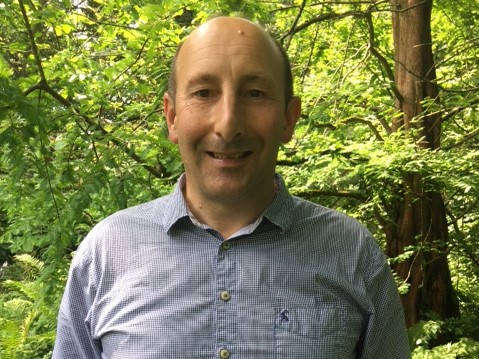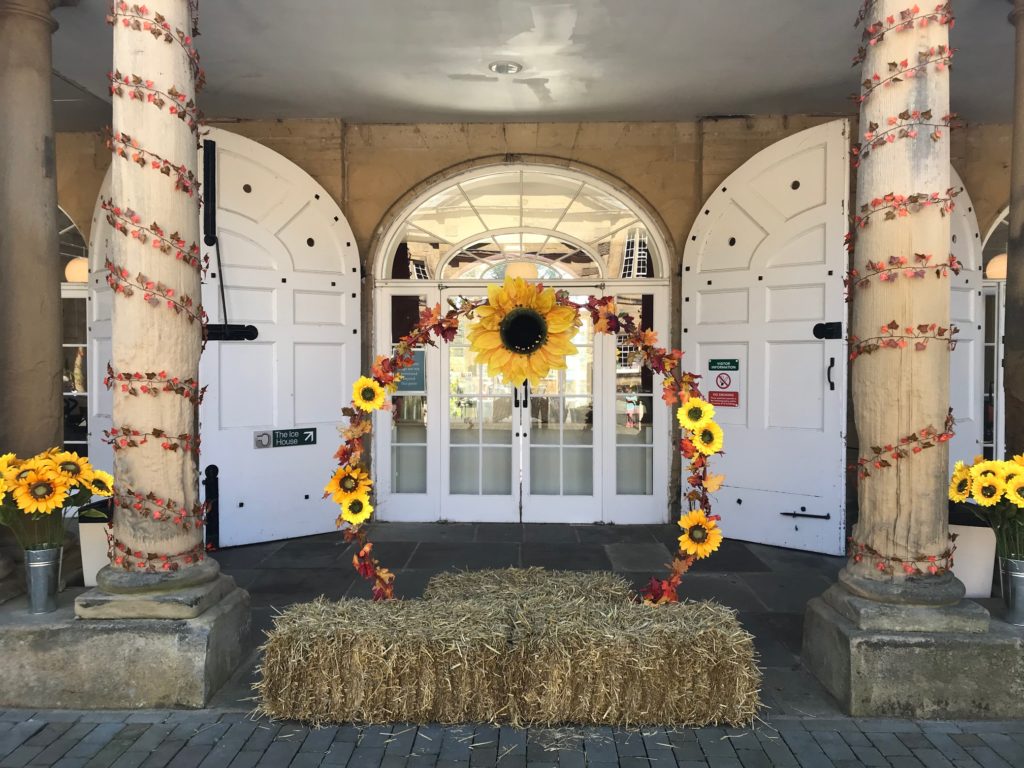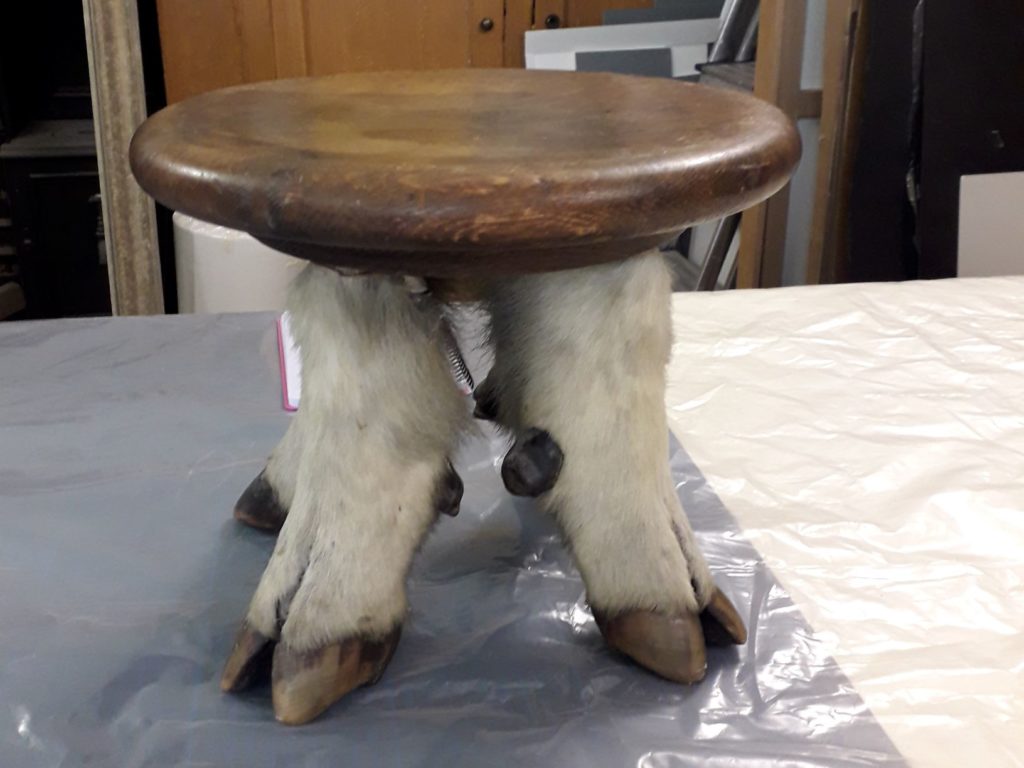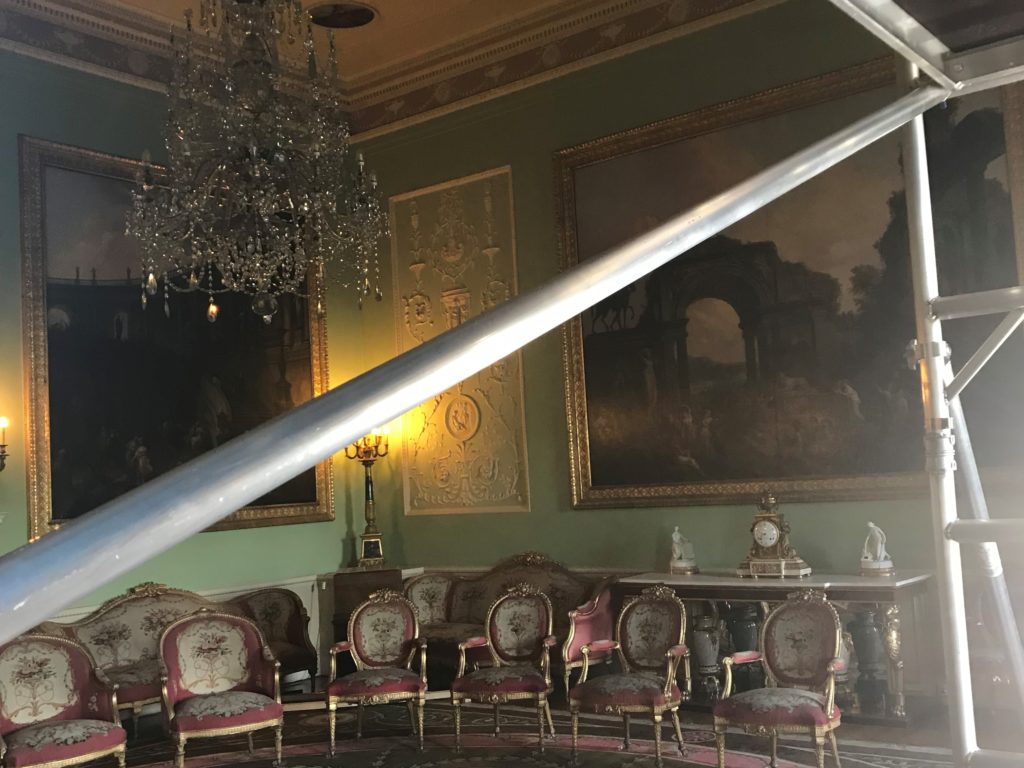Having always loved words, especially literature relating to landscapes, plants and gardens, I was delighted to accept an invitation from the Ilkley Literature Festival, to speak at their reception for the Festival Friends at the Ilkley Playhouse in October.
Throughout the 25 years I’ve worked at Harewood, shaping and re-planting the gardens and engaging with all the different elements within them, studying literature has given me a rich insight into the stylistic and cultural history of gardens, as well as a deep appreciation of landscape.
Poetry has been an important source of inspiration for me, as well as a guiding light, especially in the making of Harewood’s Himalayan Garden. This garden, with its meandering paths leading to a Buddhist Stupa, flowery glades, rocky slopes, stream and waterfall – all surrounded by a borrowed wilderness of tree tops stretching far beyond its boundary – evokes a scene in a Himalayan valley.
At an early stage in my musings about the potential future development of this special part of the gardens, a poem by Li Po made a lasting impression:
You ask me why I dwell in the green mountain
I smile and make no reply for my heart is free of care
As the peach blossom which flows downstream and is
gone into the unknown
I have a world apart that is not among men.
Probably as a result of formative wanderings through the ruggedly picturesque landscape around Teesdale, I felt an empathy with the ethereal charm of this garden many years ago, even before discovering Li Po’s beautiful poem, in which he describes his feeling of total peace and perfect solitude whilst dwelling in a mountain retreat – a natural world, entirely removed from city life.
From its creation by the 6th Earl of Harewood and Princess Mary in the 1930’s and their connections with the great plant hunters, to the present Earl’s building of the Harewood Stupa in 2004 and botanical journeys to the Himalayas to inform the cultivation of a new plant collection, the story of this garden is a fascinating one and continues to evolve.
Follow Harewood on social media @HarewoodHouse




